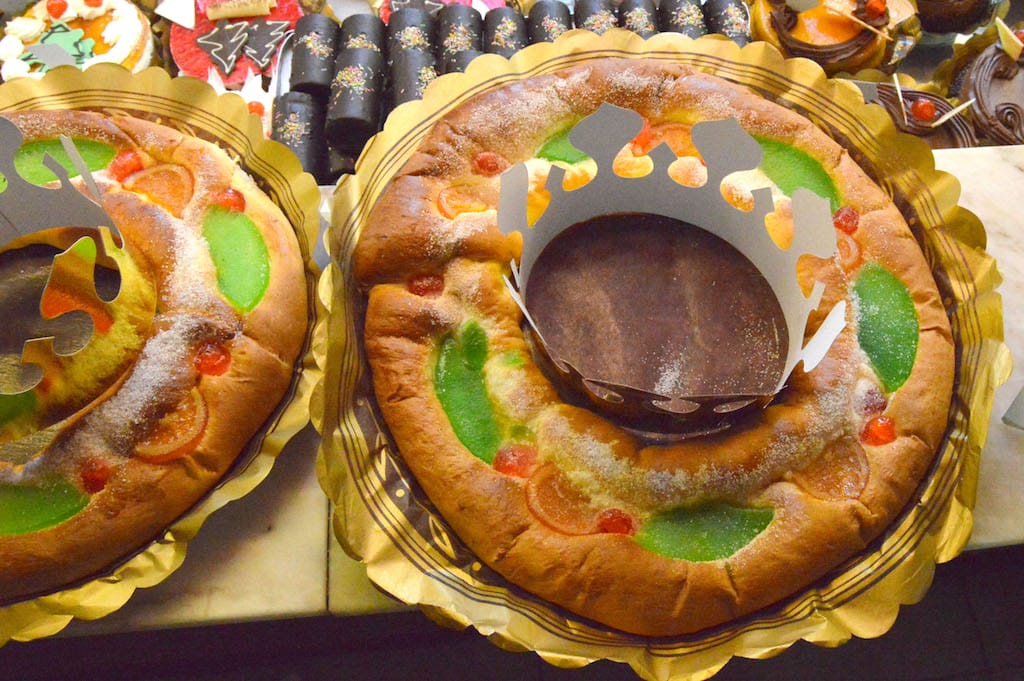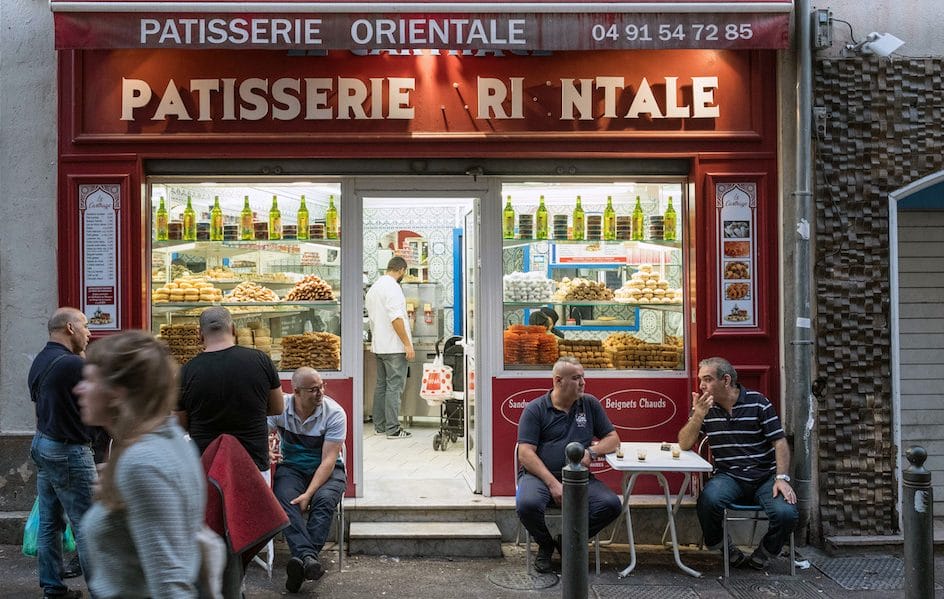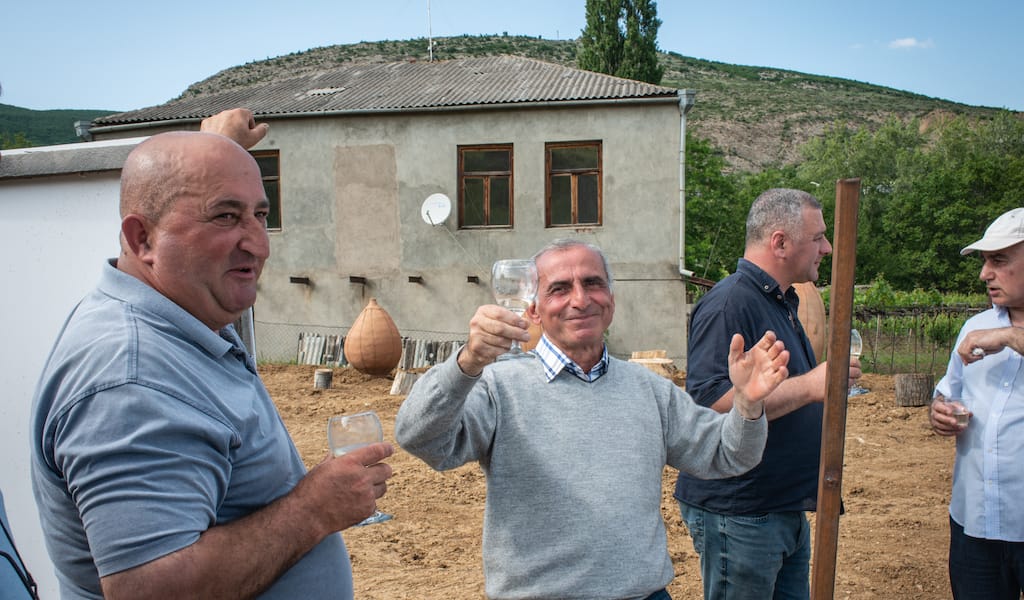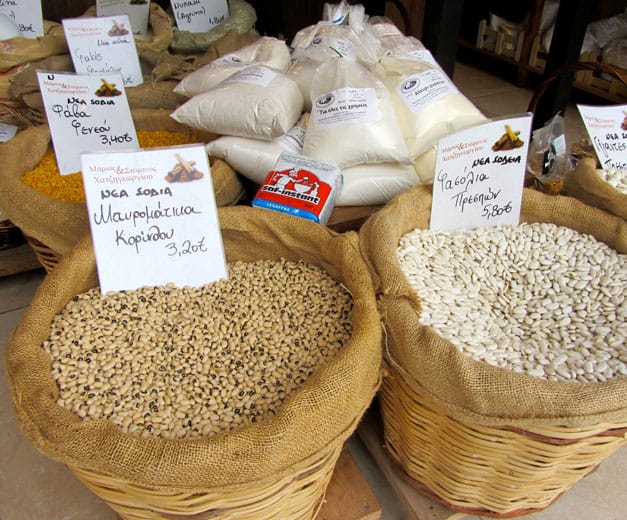Editor’s note: This is the second of our two-part series on kings’ cake. The first, on the version found in Mexico City, appeared yesterday.
Today is Día de Reyes (Kings’ Day), also known as Epiphany, and in Catalonia, as in many places with Catholic traditions, we celebrate the Magi’s visit to the baby Jesus with a tortell de reis (roscón de reyes in Spanish), or kings’ cake. Most people purchase the tortell at a bakery and eat it for dessert at the end of their family lunch on Dia de Reis, as it’s called in Catalan. The Gremi de Pastisseria de Barcelona, a Catalan association of professional bakers, estimates that the number of tortells sold in Catalonia in 2009 was 800,000, and that this year, the figure will reach 850,000.

The cake is made of brioche and shaped like a crown, filled with marzipan made from marcona almonds, wonderfully fragrant with orange-flower water and studded with jewel-like candied fruit – such as orange, cherries, melon or quince – as well as pine nuts and sugar. Hidden inside are a couple of surprises: whoever finds the dried fava bean pays for the cake (we tend to exempt recipients, especially children, from this obligation these days), and whoever finds the king figurine is declared king for the day and wears the gold paper crown that comes with the cake.
The tortell tradition is a very old one – even older than it might seem. In Spain and Catalonia, according to the 12th-century Costumari Català, by Joan Amades, and the 14th-century El Carnaval, by Pio Baroja, whoever found the bean in the roscón was declared “el Rey de la Fava,” the King of the Bean. This person – usually a child – could represent the family in the church that night. The tortell’s origins go back even further, however, to ancient Rome: for the Saturnalia, a celebration of the winter solstice dedicated to the god Saturn, cakes were made with dried figs, dates and honey and a dried bean hidden inside.
To find out how modern-day tortells are made in Barcelona, we visited the obrador, or workroom, of Pastisseria Mas in Guinardó. This bakery, opened in 1972, is run today by Oscar Hernandez and specializes in traditional Catalan sweets, such as tortells or panellets, but also makes treats with a more international flavor, like macarons and cupcakes. We like the 1970s feel of the place, the traditional style of the baked goods and the high quality of the ingredients in the tortells.
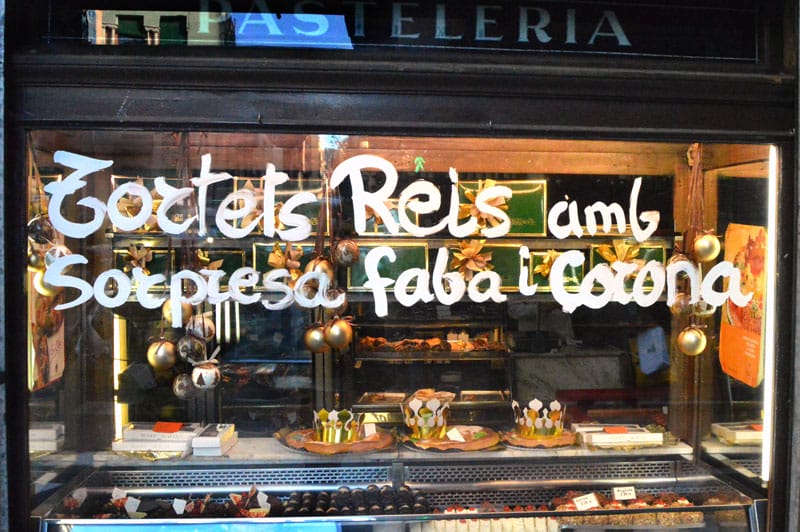
Pastisseria Montserrat, in Gràcia, established in 1870, is one of the oldest in Barcelona and has kept its beautiful original interior intact. This institution makes tortells in three different sizes, all carefully made from excellent ingredients. Its flavors are among the most traditional in the city.
This feature was originally published on January 6, 2014.
 October 2, 2019 Marseille
October 2, 2019 Marseille
Editor’s note: We have recently updated our State of the Stomach for Marseille. You can […] Posted in Marseille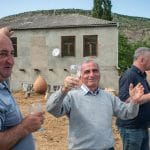 September 9, 2019 In the Cradle of Wine
September 9, 2019 In the Cradle of Wine
Georgia is a small country with a huge appetite for life. This passion is evident in all […] Posted in Tbilisi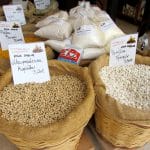 January 27, 2015 Bean Week
January 27, 2015 Bean Week
If there is one single food family that shows off the breadth and extent of the […] Posted in Athens
Published on January 06, 2015
Related stories
Eat your way through the Noailles neighborhood on our Marseille walk!
October 2, 2019
MarseilleEditor’s note: We have recently updated our State of the Stomach for Marseille. You can find the new piece here. On the Rue d’Aubagne, Tunisian men dunk bread into bowls of leblebi – a garlicky chickpea soup – as scooters dash by. A dashiki-clad Senegalese woman plucks cassava from the produce market to fry up…
Book your spot on our multi-day Georgian culinary adventure!
September 9, 2019
TbilisiGeorgia is a small country with a huge appetite for life. This passion is evident in all aspects of the country’s extraordinary culture, from its ancient polyphonic songs and breathtaking national dances to its rich culinary heritage and winemaking tradition that goes back eight millennia. To become better acquainted with this unique region, we have…
January 27, 2015
AthensIf there is one single food family that shows off the breadth and extent of the collective Greek culinary imagination, it has to be the humble legume. Together with wheat, beans of all kinds, along with lentils, chickpeas and split peas, form the very foundation of the Greek diet and have done so since Neolithic…







































